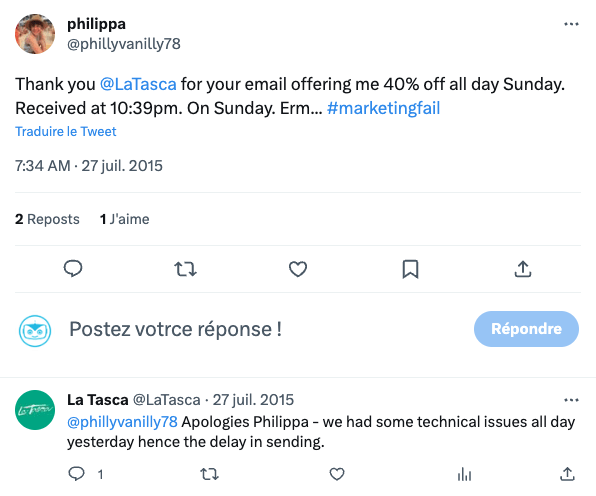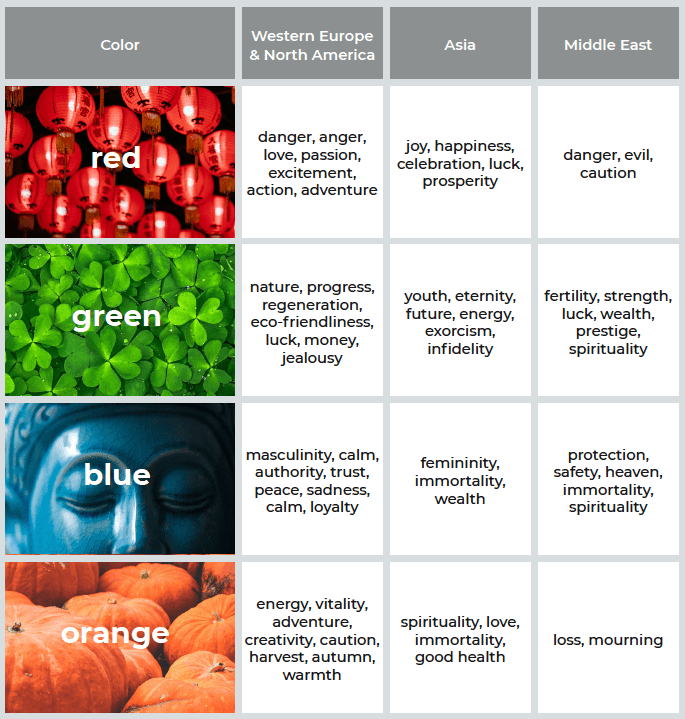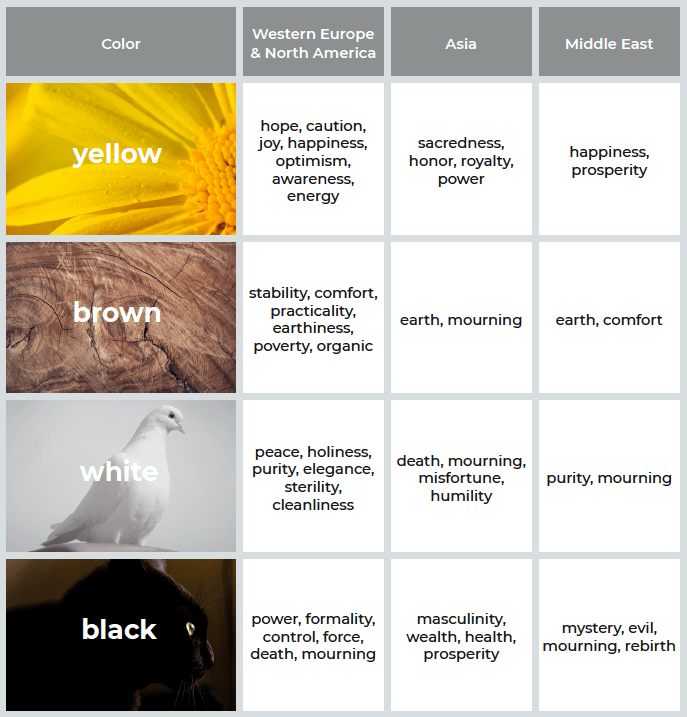Email personalization allows you to add a personal touch to your marketing efforts to make them more effective. Not only does it increase open and click-through rates but it also allows you to build a fruitful and long-term relationship with your customers.
According to recent stats, 72% of customers say that they only engage with personalized marketing messages that are specially tailored based on their interests. In addition, 66% of customers expect businesses to understand their individual needs.
These statistics highlight the crucial role of personalization in email marketing, showcasing its ability to boost the success of your marketing campaigns.
However, it’s important to avoid common mistakes associated with email personalization to tailor and run your campaigns effectively. In this article, we’ll uncover these frequently made mistakes and provide solutions to help you sidestep them.
What is Email Personalization?
Definition for Google Snippet: Email personalization refers to the technique of using subscriber data to create customized/personalized experiences for customers based on their needs. The Goal of email personalization is to make customers believe that the messages they receive are specifically tailored for them.
Keep in mind that the inbox is a personal and private place for every person. So, you want to make your brand’s emails feel like they’re coming from a trusted friend, not just another advertisement. Not only will it allow you to connect with your customers but it can also help you generate 40% more revenue.
Common Email Personalization Mistakes and their Solutions
The following are the most common email personalization mistakes, along with their solutions.
1. Not Having an Email Personalization Strategy
Marketers often find themselves struggling with personalization due to different scenarios they need to face, such as what technologies to use and how to utilize the user data effectively. This usually happens when you don’t have a clear strategy in place.
Solution
To overcome this problem and make the most of personalization, you can use the steps listed below:
- Start Small: If you’re running a new business and have never used email personalization before, avoid trying to set up a complex personalization program right away. Instead, look for small wins, such as adding basic personal data to the body of an email, to get started and gain experience.
- Monitor Each Tactic: Evaluate the impact of your personalization efforts on your goals, such as higher clicks to your landing page or increased conversions.
- Optimize and Move On: Use your testing results to improve each personalization tactic. After that, add another one, such as dynamic content to a broadcast campaign.
2. Using Incorrect Segmentation
Keep in mind that sending the wrong message to the wrong audience can have severe consequences. For example, Shutterfly sent “congratulation on your new baby” emails to its subscribers even those who didn’t have a new baby.

What made this mistake even worse was that many of the recipients were infertile and found the email to be offending.
Solution
To avoid such email outreach mistakes, make sure to have accurate information about your target audience before launching an email campaign. Consider investing in cross-referencing services that gather information from various sources, such as social media accounts and users’ purchasing history.
You should also monitor your competitors to find out what’s working for them and what’s not. It’ll help you identify their weaknesses to offer a more personalized and better experience to your target audience.
If your target audience is located beyond the border, it’s likely that your competitors will also be operating in the same market. In such a scenario, make sure that you change your location using a VPN to monitor the activities of your competitors effectively.
3. Using the Wrong Names
Everyone wants to feel acknowledged and addressed properly, so even a small error in spelling can instantly turn the recipient off.
It’s even worse when you fail to account for name changes, regardless of whether it’s a first name or a last name. Not only will it make your email less personal, but it’s also a guarantee that your messages will be deleted without being opened.
A related mistake is forgetting to include a fallback text in case your email platform encounters an error, resulting in emails showing a generic “Hi {First-Name}” greeting.
Good to know: With Cyberimpact, if some contacts have no value in the First Name field, the __FIRSTNAME__ variable will simply be hidden in their email, and there will be nothing in its place (e.g., here’s what they will see –> Hello, …).
Solution
To avoid such a mistake, it’s important to ask subscribers for their names when they sign up to receive emails from you. This information should be updated regularly, to ensure accuracy and keep your email list up to date.
You can also include a fallback text that can seamlessly replace name errors. This can be a gender-neutral term that relates to your business or brand, such as “avid book reader” for a bookstore and “fellow wanderer” for a travel agency.
4. Not Using the Correct Language
As an email marketer, you’d already know that words matter. How you use them can either make or break your email campaigns. But, did you know that choosing the right language and dialect is also crucial to your success?
Cultural differences and regional dialects play a significant role in how your message will be received. An email written in one language may not resonate with a different target audience, even if they understand the language.
For example, using American English to target an audience in the UK may not go down well, as they prefer the British version. Similarly, using formal language to target a young audience may not be effective, as they might find it too stiff and prefer a more casual tone.
Solution
To avoid the mistake of using the wrong language, research your target audience’s language and cultural preferences. This way, you can write emails that connect with them on a personal level and make them feel valued.
You can start by:
- Asking subscribers to choose their preferred language when they sign up for your emails
- Conducting surveys and focus groups to gather data on language preferences
- Utilizing tools or language experts to translate your emails for a specific audience
Remember, speaking the right language can be the difference between a successful email campaign and one that falls flat.
5. Choosing Inaccurate Timing
The timing of your emails can make or break your email marketing campaign. Sending out emails to your subscribers at the wrong time can result in a low open rate and it can even damage your brand’s reputation in the worst case.
A restaurant, La Tasca, learned this the hard way when they sent an email offering a flat 40% off deal all day on Sunday but one of their customers received the offer after 10:00 PM on the same day, making the offer irrelevant.

Solution
Here’s what you need to know to avoid making this mistake:
- Choose Your Timing Carefully: When sending out emails, you need to keep the time zone of your target audience in mind. Make sure your emails reach them at a time that is convenient for them, so they are more likely to open and engage with the content.
- Track Your Results: Also, keep track of your open and engagement rates, and see if there is a pattern with the timing of your emails. This can help you determine the best times to send out your emails in the future.
6. No Prioritizing the Email’s Aesthetics
When sending email campaigns, it’s important to consider the aesthetics of the email, including color and visuals. Different cultures perceive colors differently, so it’s important to understand the meaning of each color you use in your emails for the region you’re targeting.
For instance, red is seen as a sign of danger in Western culture, but it’s a color of celebration and happiness in Chinese culture. You can use the following charts to choose the right colors based on the region you’re targeting.


The same goes for visuals. What might be acceptable in one region might not be in another. For example, images of bikinis might be okay in emails aimed at Americans, but they wouldn’t be appropriate for the Middle East.
Solution
To avoid any cultural misunderstandings, it’s important to be mindful of the cultural values of your target audience when choosing the color and visuals for your emails. Make sure that the colors and visuals you use won’t generate any negative responses or signals.
Additionally, consider the cultural significance of each color, and avoid using the ones that have negative connotations in your target region. When it comes to visuals, choose images that are appropriate for your customers and align with the message you’re trying to convey.
7. Not Taking into Account Data Protection Laws
If you fail to take into account the data protection laws of your target audience’s location, you risk violating regulations and facing consequences, such as fines and damage to your reputation.
For example, in Canada, there is the C-28 law (Canadian Anti-Spam Legislation), in Quebec, there is Law 25, and in Europe, there is the GDPR (General Data Protection Regulation) law.
Solution
Make sure you research the data protection laws and regulations in the location of your subscribers and customers and ensure that you comply with them in all aspects of your email marketing efforts, including.
- Obtaining proper consent for email communication
- Storing and protecting collected data properly
- Being transparent about how the data will be used.
By prioritizing data protection and privacy, you will not only avoid legal troubles but also build trust with your audience and enhance the overall success of your email marketing campaigns.
Final Words
Personalizing email is a crucial aspect of digital marketing. However, it’s also important to avoid making mistakes that can harm your reputation, cause offense, or lead to decreased engagement.
By being mindful of your target audience’s preferences and avoiding the common mistakes discussed above, you can craft personalized emails that generate the desired results.
We hope this guide has helped you understand how to create successful email campaigns that aren’t only personal but also effective.
